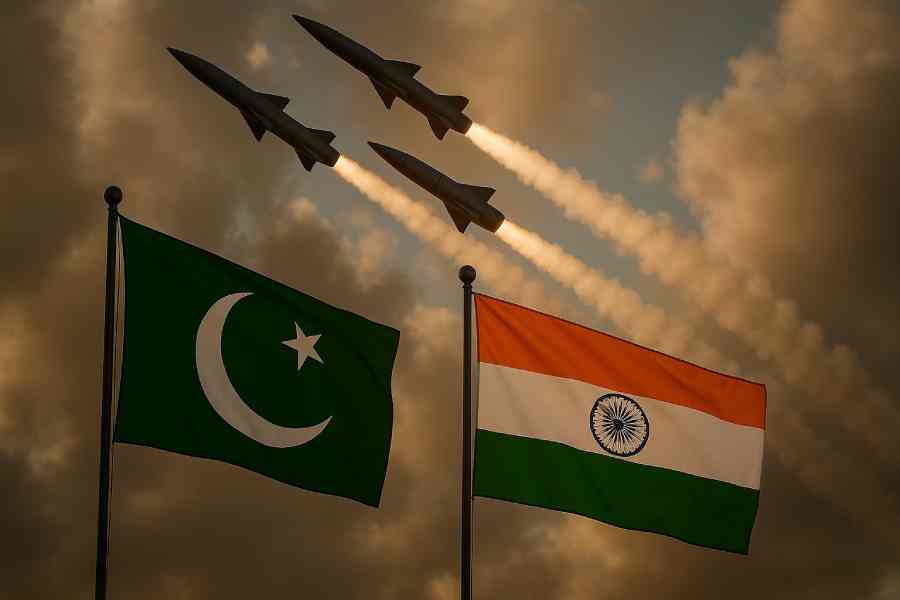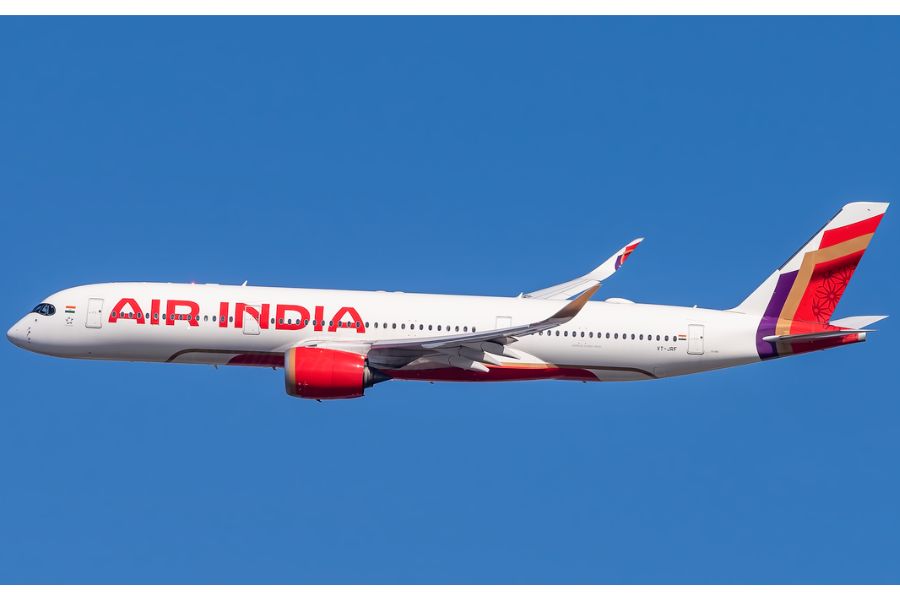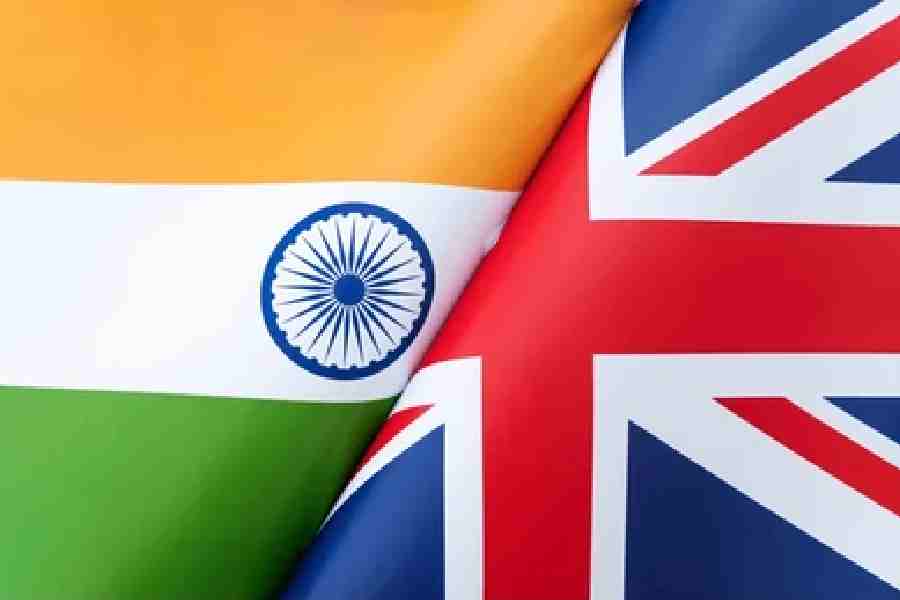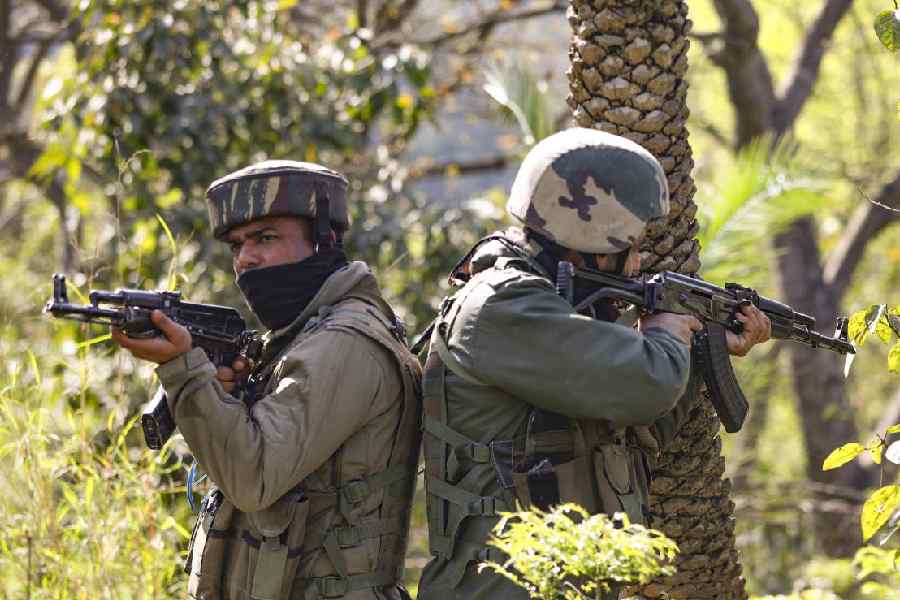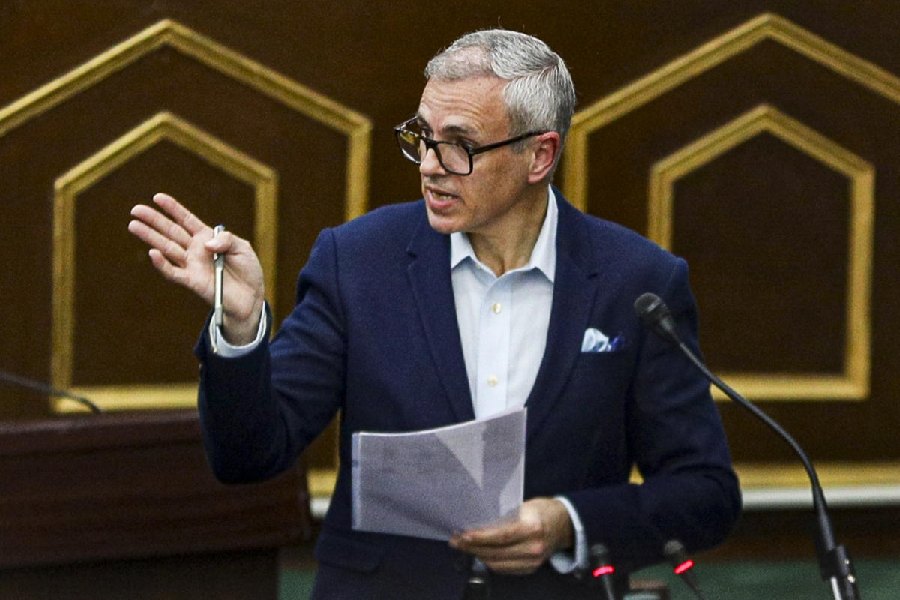New Delhi, June 23 :
The Kargil war is racing towards its climax and India will decide within the next week whether to hasten its end with one final push or wait for diplomatic initiatives to make a breakthrough.
A debate on the issue is underway at the daily meetings of the highest war councils, the Cabinet Committee on Security and National Security Council.
Defence sources said the BJP?s political thinktank, comprising Prime Minister A.B. Vajpayee, home minister L.K. Advani, defence minister George Fernandes and foreign minister Jaswant Singh, had been briefed on both views: whether to allow the war to last its course or speed things up and end it.
The sources said very soon ?we shall have to decide whether we shall escalate the war on our own?. They added that, posturing apart, the next seven days are crucial from the military, political and diplomatic points of view.
In Lucknow, home minister L.K. Advani termed Pakistan a ?rogue state?. ?Prudence demands that the country should be prepared for war,? he said. (Details on Page 6) His comment sent stock prices crashing.
A meteorological profile of the Kargil sector suggests that it starts snowing there by mid-August. Army chief Gen. V.P. Malik appeared to have this in mind when he indicated that India did not maintain regular troops in Kargil in winter as in Siachen. He preferred induction of technologically superior surveillance systems.
Top defence officials now admit a total flush-out of intruders will not be possible unless India crosses the Line of Control at some points. But the ridges have not yet been identified. However, given that 100-150 km of the LoC has been violated, India will have to breach at least 15-20 km to encircle the infiltrators and destroy supply lines.
The government appears to have taken serious note of the National Security Advisory Board?s view that India carry out a swift and sharp operation in Skardu, the hub of intrusion-related activities in Pakistan-occupied Kashmir. The board met in the second week of this month. A brigade with artillery and firepower support is based in Skardu, 70 km from the LoC.
Gen. Malik did not rule out the possibility of his forces crossing the LoC. He said there were some stretches from where it was impossible to evict intruders unless Indian forces crossed into Pakistani territory.
He, however, reiterated that the army could not do so without Cabinet ratification. He agreed with yesterday?s foreign ministry statement that ?supreme national interest? would determine the final decision on the issue.
Top rungs of the government have praised the good work done by the army and air force. A defence official said the progress that had been achieved could not have been imagined a month ago. But the hard decision was whether India should persist with a ?slow and steady operation? or deploy a huge volume of troops and complete the mission within days.
A view is gaining ground that a steady climb in the toll over a long period may finally be the same as heavy casualties in a swift but meticulously-planned operation. This is because of the predicted change in climate after July.
Two corps were posted in Jammu and Kashmir before the war broke out. Two corps mean six divisions comprising roughly 1,20,000 soldiers. With the back-up support base, the figure in real terms is around 1,40,000. This went up by nearly 50,000 in the first fortnight of Operation Vijay after troops were shifted.
Two more divisions have been moved in from the Northeast. But this does not imply that the Sino-Indian border in Arunachal Pradesh has been depleted. The two divisions, comprising 40,000 men, have been released from counter-insurgency duty. Of the terrorism-hit states, only Tripura has objected to the withdrawal.
Peak assault:
A major assault is expected soon on Tiger Hills, a strategic frontline peak where hand-to-hand combat has been going on. The height gives a clear view to NH 1 for forward spotters guiding artillery gunners to their targets.
The army took back Point 5203 in Batalik even as troops fought Pakistani intruders for control over Jubar Hills, Kokarthang and Barso peaks in the Kargil sector.
 Wednesday, 07 May 2025
Wednesday, 07 May 2025




